Do Weight Loss Patches Actually Work?
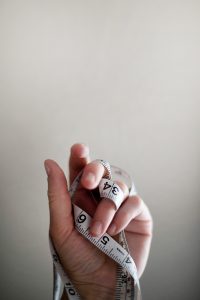 One of the latest weight loss aids that are creating some interest are weight loss patches. Clients at Next Level Fitness in Irvine, CA have asked whether these work or are a waste of money. Exactly what are these patches? They work like nicotine patches or pain patches and deliver the ingredients trans-dermally, meaning via the skin, then go into the bloodstream.
One of the latest weight loss aids that are creating some interest are weight loss patches. Clients at Next Level Fitness in Irvine, CA have asked whether these work or are a waste of money. Exactly what are these patches? They work like nicotine patches or pain patches and deliver the ingredients trans-dermally, meaning via the skin, then go into the bloodstream.
What are some of the problems with patches.
The patch contains specific ingredients that are supposed to help with weight loss or a combination of them and sometimes ingredients to help delivery. Not all ingredients that might help with weight loss can be delivered that way, some have molecules that are too large to enter via the skin. Other problems occur in measuring the amount of the ingredient that the patch delivers. Is there enough to be effective, while still being safe. To add to the problem, not all areas of skin absorb ingredients at the same rate. Humidity and heat also affect absorption.
What are the various types of ingredients used in patches?
There are a lot of different patches on the market. Some include one active ingredient, while others may include many. Ingredients used include green coffee bean extract, green tea, acai berry, ephedra, Hokuto mint/Japanese mint, flaxseed oil and bitter orange. There are few if any studies done on the effectiveness of the patches. They aren’t regulated by the FDA either, so little is known about overall potential risk.
The ingredients used have been studied for weight loss when taken orally.
One of the benefits of patches, which is also one of negatives, is that the ingredients bypass the stomach and digestive system and go directly into the bloodstream. While they will deliver the unaffected ingredient directly into the blood, nobody has tested whether that makes a difference on safety, effectiveness or results. The dosage level isn’t addressed either when delivered differently and at full strength.
- One ingredient that could be found in weight loss patches is ephedra. It does boost metabolism, but also has been found to have dangerous side effects. The FDA banned it, but since patches aren’t regulated, some could contain it.
- Flaxseed and flaxseed oil do help weight loss, but not in a way that can be reproduced in patches. The ingredients in both slow digestion and the fiber in flaxseed make you feel full. Tests on flaxseed oil patches have not shown effectiveness.
- You’d be better off saving your money and including the ingredients in your diet. For instance, invest in green tea bags and drink it throughout the day. Not only does it help with weight loss, it helps boost good health.
- While it sounds like a great idea to use patches, since they’re so convenient, but you could be wasting your money or even worse, gambling with your health. Eating healthy and a program of regular exercise is still the best way to take off weight and prevent it from returning.
For more information, contact us today at Next Level Fitness


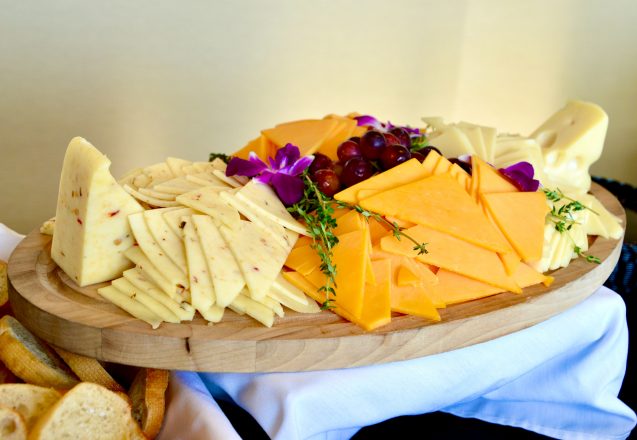
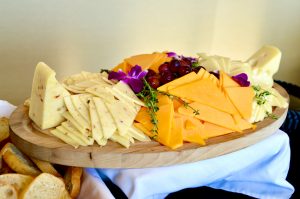 Like other types of dairy, cheese provides vitamin A, calcium, healthy fat and protein. Also like other types of dairy products, it’s even better if the milk comes from cows that are grass-fed and organic. There’s a growing body of evidence that questions the benefits and whether cheese is bad for you that considers other factors, like the amount of cheese you eat. For instance, it’s high in fat, so overindulgence can pack on the pounds. Some types of cheese are also better for you than others are.
Like other types of dairy, cheese provides vitamin A, calcium, healthy fat and protein. Also like other types of dairy products, it’s even better if the milk comes from cows that are grass-fed and organic. There’s a growing body of evidence that questions the benefits and whether cheese is bad for you that considers other factors, like the amount of cheese you eat. For instance, it’s high in fat, so overindulgence can pack on the pounds. Some types of cheese are also better for you than others are.
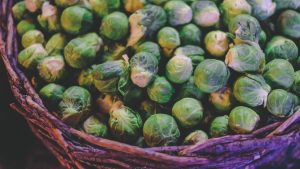 You may have turned your nose up when your mother served Brussels sprouts or held your nose and ate one if she insisted. These little miniature cabbages have a far stronger smell when cooked, so many children act the same. Like cabbage, they’re a member of the Brassicaceae family. Just like cabbage, there are many benefits of Brussels sprouts that can help you stay healthier.
You may have turned your nose up when your mother served Brussels sprouts or held your nose and ate one if she insisted. These little miniature cabbages have a far stronger smell when cooked, so many children act the same. Like cabbage, they’re a member of the Brassicaceae family. Just like cabbage, there are many benefits of Brussels sprouts that can help you stay healthier.
 It’s getting warmer and that means beach weather is just around the corner. If you’re out of shape, you’ll miss out on a lot of the fun. It takes energy to keep up with all the summer activities and of course, you want a beach ready body, too. You can start today to get ready for summer by making a few changes and sticking with a fitness program and program of healthy eating. If you’re completely out of shape, you need to start slowly and work toward peak intensity. This is the perfect time of year to start eating healthy, since fresh fruits and vegetables are readily available.
It’s getting warmer and that means beach weather is just around the corner. If you’re out of shape, you’ll miss out on a lot of the fun. It takes energy to keep up with all the summer activities and of course, you want a beach ready body, too. You can start today to get ready for summer by making a few changes and sticking with a fitness program and program of healthy eating. If you’re completely out of shape, you need to start slowly and work toward peak intensity. This is the perfect time of year to start eating healthy, since fresh fruits and vegetables are readily available.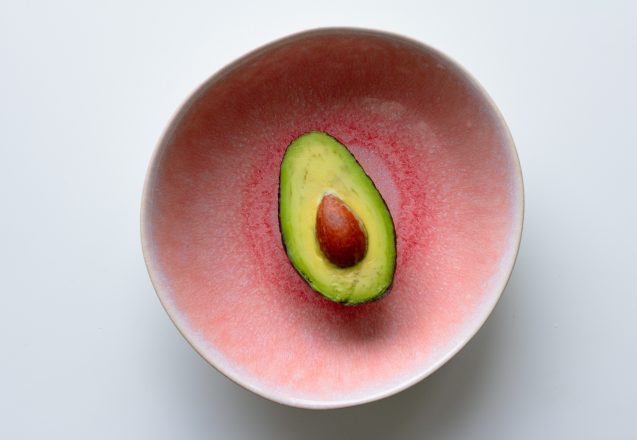
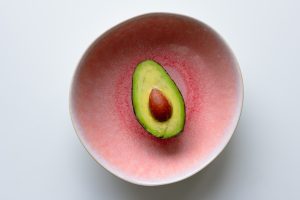 There’s a reason we offer meal planning and nutrition help at Next Level Fitness in Irvine, CA. It’s because part of getting fit means eating healthier. That includes eating high fiber foods. High fiber foods contain two classifications of fiber. There is soluble fiber, which dissolves in water and creates a gel. The gel feeds the friendly microbes in your digestive tract, who in turn, help digest food, while also providing many other benefits. The other type of fiber is insoluble fiber. It doesn’t dissolve but adds bulk to your diet.
There’s a reason we offer meal planning and nutrition help at Next Level Fitness in Irvine, CA. It’s because part of getting fit means eating healthier. That includes eating high fiber foods. High fiber foods contain two classifications of fiber. There is soluble fiber, which dissolves in water and creates a gel. The gel feeds the friendly microbes in your digestive tract, who in turn, help digest food, while also providing many other benefits. The other type of fiber is insoluble fiber. It doesn’t dissolve but adds bulk to your diet.
 It’s not a secret that a walk after a big meal can aid digestion. It’s the mild exercise and movement that prevents gas build up and helps food pass through the digestive system. It’s one reason certain yoga poses can help. The gentle movements of yoga has been used for thousands of years to bring health benefits and connect the mind and body. It stimulates the rest-and-digest system known as the parasympathetic nervous system.
It’s not a secret that a walk after a big meal can aid digestion. It’s the mild exercise and movement that prevents gas build up and helps food pass through the digestive system. It’s one reason certain yoga poses can help. The gentle movements of yoga has been used for thousands of years to bring health benefits and connect the mind and body. It stimulates the rest-and-digest system known as the parasympathetic nervous system.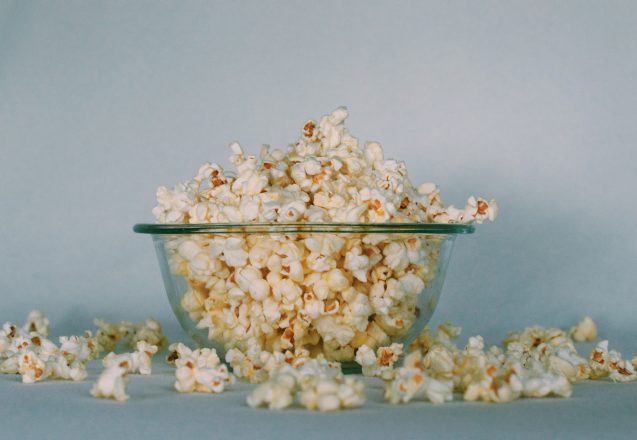
 What are trans fats? They’re partially hydrogenated oil and at one time were touted as healthy. Crisco is probably one of the best known hydrogenated vegetable oils. It came to market in 1911 and was touted as healthy, since it was made of vegetable oil. Even up to the 1980s, people promoting healthy living promoted the oils containing trans fats. Burger King’s switch to partially hydrogenated oils—trans fats—was described by the Center for Science in Public Interest as a “great boon to Americans’ arteries,” but by 2018 the FDA banned the fats in the USA. Crisco has changed its formula to remove most trans fats.
What are trans fats? They’re partially hydrogenated oil and at one time were touted as healthy. Crisco is probably one of the best known hydrogenated vegetable oils. It came to market in 1911 and was touted as healthy, since it was made of vegetable oil. Even up to the 1980s, people promoting healthy living promoted the oils containing trans fats. Burger King’s switch to partially hydrogenated oils—trans fats—was described by the Center for Science in Public Interest as a “great boon to Americans’ arteries,” but by 2018 the FDA banned the fats in the USA. Crisco has changed its formula to remove most trans fats.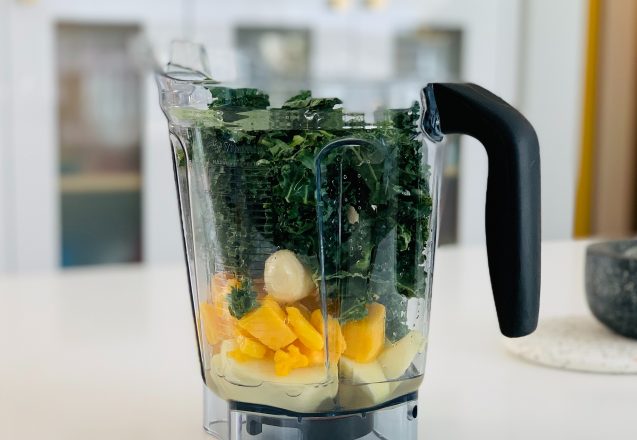
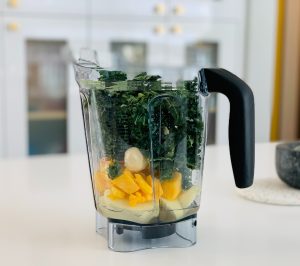 There are a lot of different fads people in Irvine, CA, try for their health and to lose weight. A juice cleanse is one of those. People who swear by juice cleanses for health say it detoxes the body, removing harmful chemicals. It also gives your digestive system a rest. Others who are trying to lose weight consider a juice cleanse a good way to start a diet.
There are a lot of different fads people in Irvine, CA, try for their health and to lose weight. A juice cleanse is one of those. People who swear by juice cleanses for health say it detoxes the body, removing harmful chemicals. It also gives your digestive system a rest. Others who are trying to lose weight consider a juice cleanse a good way to start a diet.
 If you aren’t sure what macros are, how are you going to count macros? The term macros is an abbreviated way of saying macronutrients. It’s a way of categorizing protein, fat and carbohydrates. Micronutrients, on the other hand, are minerals, vitamins and phytonutrients. While there’s still debate whether counting macros and focusing on how much you eat of each is the best way to lose weight, it does work and helps you lose fat and build muscles in the process.
If you aren’t sure what macros are, how are you going to count macros? The term macros is an abbreviated way of saying macronutrients. It’s a way of categorizing protein, fat and carbohydrates. Micronutrients, on the other hand, are minerals, vitamins and phytonutrients. While there’s still debate whether counting macros and focusing on how much you eat of each is the best way to lose weight, it does work and helps you lose fat and build muscles in the process.